Ever stood in front of your closet, utterly confused about what to wear to that important meeting or casual Friday at the office? You’re not alone! Navigating the murky waters of business dress codes can be tricky. But don’t worry, we’ve got you covered. This article will break down the ins and outs of Business Casual vs Business Formal attire. Whether you’re gearing up for a job interview, an office party, or just a regular workday, understanding the nuances of these dress codes will help you dress to impress every time.
Understanding Business Casual
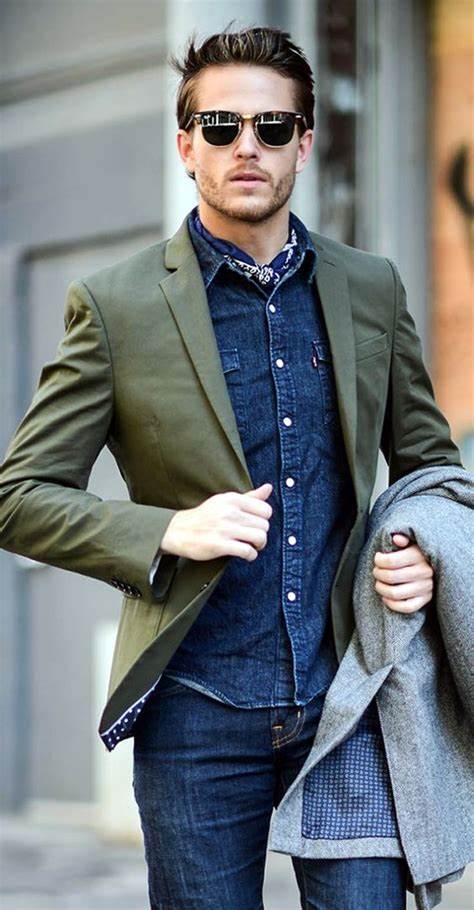
What is Business Casual?
Business casual is a tricky term because it means different things in different places. Essentially, it’s a more relaxed version of traditional business wear. Think of it as dressing down a notch from formal business attire while still maintaining a polished, professional look. It’s all about balance – you want to look sharp but not stuffy.
Key Elements of Business Casual
- Tops: Collared shirts, blouses, sweaters, and cardigans.
- Bottoms: Chinos, dress slacks, khakis, and skirts.
- Shoes: Loafers, dress shoes, flats, and clean sneakers.
- Accessories: Minimal jewellery, belts, and simple watches.
When to Wear Business Casual
Business casual is perfect for everyday office wear, casual client meetings, and company events that aren’t too formal. It’s also the go-to for “Casual Fridays,” allowing employees to dress down slightly while still looking professional.
Decoding Business Formal
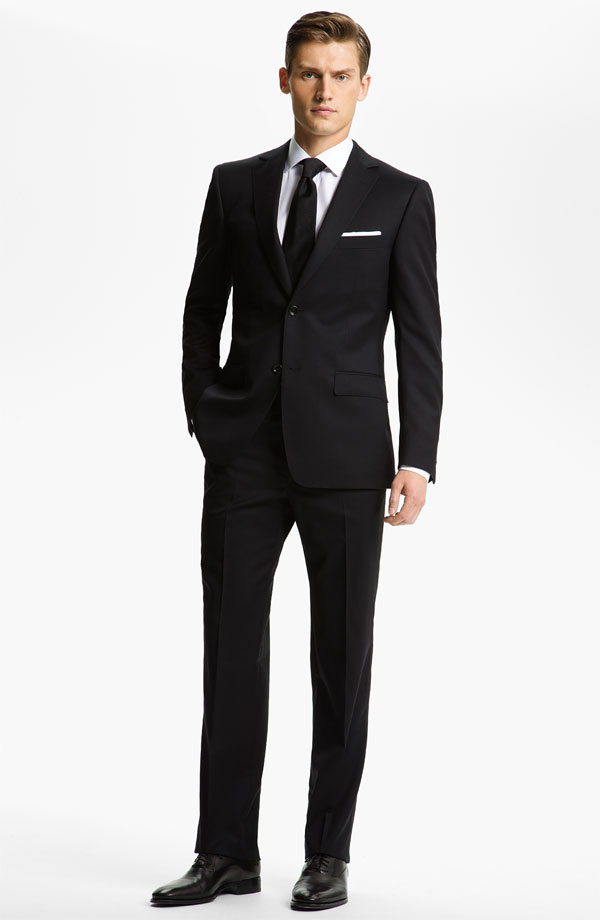
What is a Business Formal?
Business formal attire is the pinnacle of professional dress codes. It’s the type of clothing you’d wear to high-stakes meetings, corporate events, or job interviews in more traditional industries. Think sharp suits, crisp shirts, and elegant accessories. This dress code is all about projecting an image of professionalism and authority.
Key Elements of Business Formal
- Suits: Dark-colored suits in navy, black, or charcoal.
- Shirts: White or light-coloured dress shirts.
- Ties: Conservative ties without flashy patterns.
- Shoes: Polished dress shoes, such as oxfords or loafers.
- Accessories: Cufflinks, tie clips, and minimalistic watches.
When to Wear Business Formal
Save your business formal attire for occasions where you need to make a strong impression. Job interviews, board meetings, and networking events are prime examples. In industries like finance, law, and consulting, business formal might be the everyday standard.
Business Casual vs Business Formal: Key Differences
Flexibility vs. Structure
- Business Casual: Offers more flexibility. You can mix and match items, experiment with colors, and even incorporate trendy pieces.
- Business Formal: Requires structure and consistency. Sticking to classic, timeless pieces is essential to maintaining a polished look.
Comfort vs. Precision
- Business Casual: Generally more comfortable, with softer fabrics and looser fits.
- Business Formal: Prioritizes precision and fit. Tailored suits and structured clothing are the norm.
Color Palette
- Business Casual: Allows for a broader colour palette, including pastels and earth tones.
- Business Formal: Sticks to neutral colours like black, navy, grey, and white.
How to Transition from Business Casual to Business Formal
Sometimes, your day might require a quick switch from business casual to business formal. Here’s how to do it seamlessly:
- Keep a Blazer Handy: Throwing on a blazer can instantly elevate your look.
- Swap Shoes: Replace casual footwear with a pair of polished dress shoes.
- Add Accessories: Incorporate a tie, cufflinks, or a formal watch to enhance your outfit.
- Touch Up: Ensure your shirt is neatly pressed and your hair is tidy.
Conclusion
Understanding the differences between business casual and business formal attire is crucial for navigating the professional world with confidence. While business casual allows for a bit more personal expression and comfort, business formal demands a higher level of precision and classic style. By mastering both dress codes, you’ll be prepared for any professional situation that comes your way. So, next time you’re staring at your closet in a daze, remember these guidelines and dress to impress!
FAQs
Can jeans be considered business casual?
In some workplaces, dark-wash jeans with no rips or distressing can be considered business casual. However, it’s best to check your company’s dress code policy first.
Is a tie required for business formal?
Yes, a tie is generally required for business formal attire. Opt for conservative styles and avoid overly bold patterns.
Can I wear a dress as business casual?
Absolutely! Dresses can be a great option for business casual, provided they are modest and professional in style. Pair with a cardigan or blazer for a polished look.
What about business formal for women?
Women can wear tailored pantsuits or skirt suits in dark colours, with a conservative blouse and closed-toe shoes. Minimalistic jewellery and neat hairstyles complete the look.
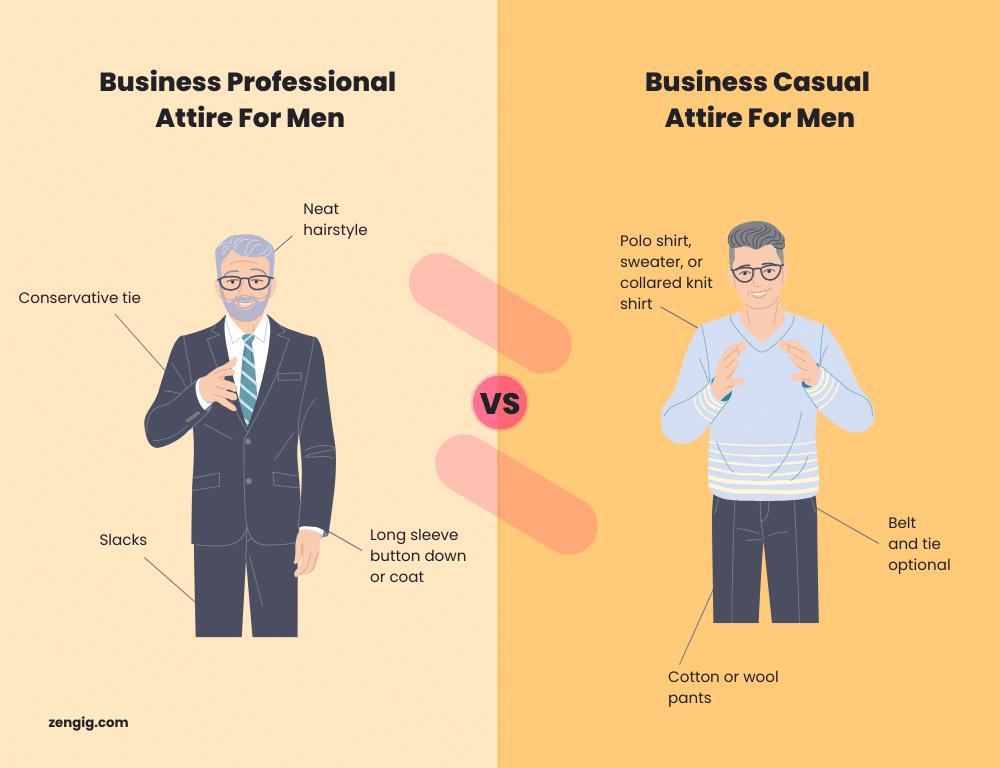



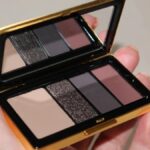


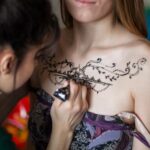

Leave a Reply